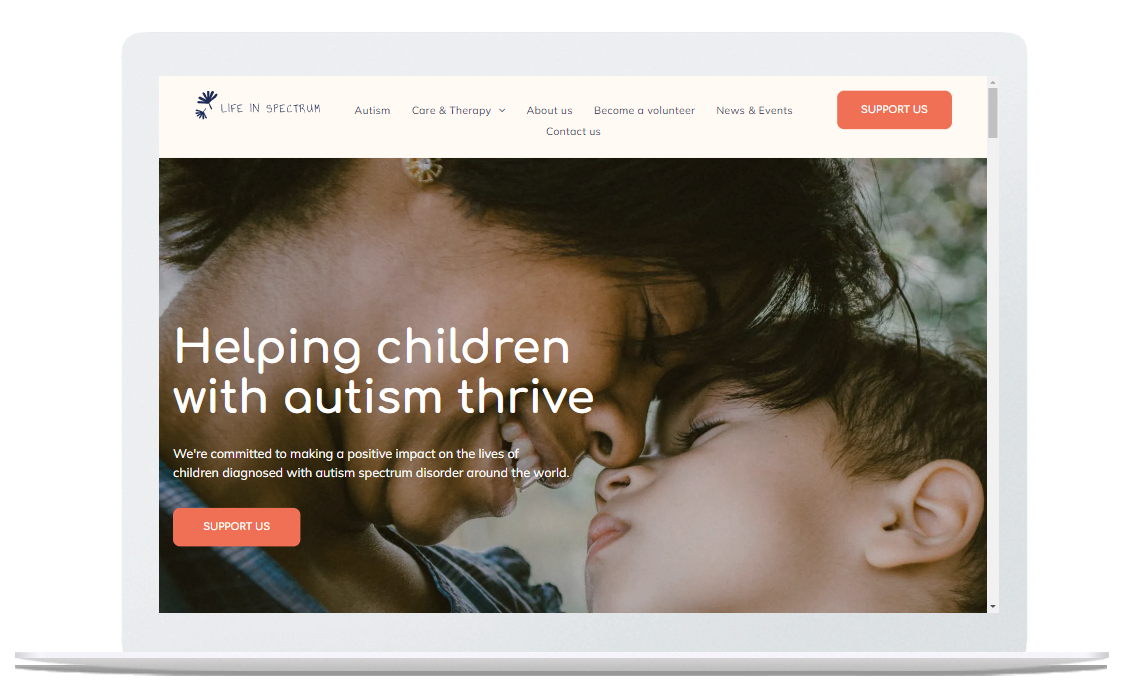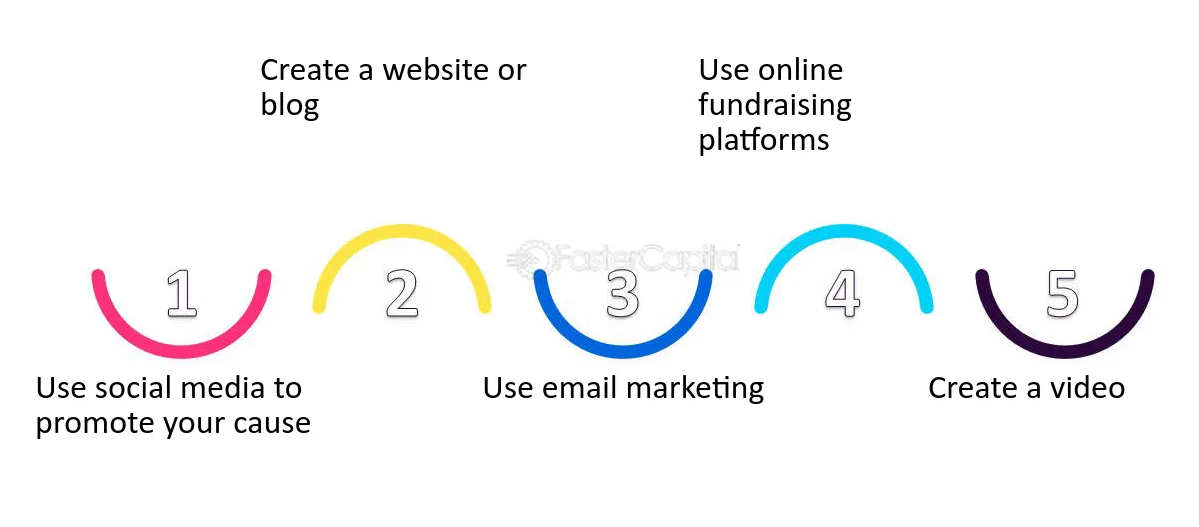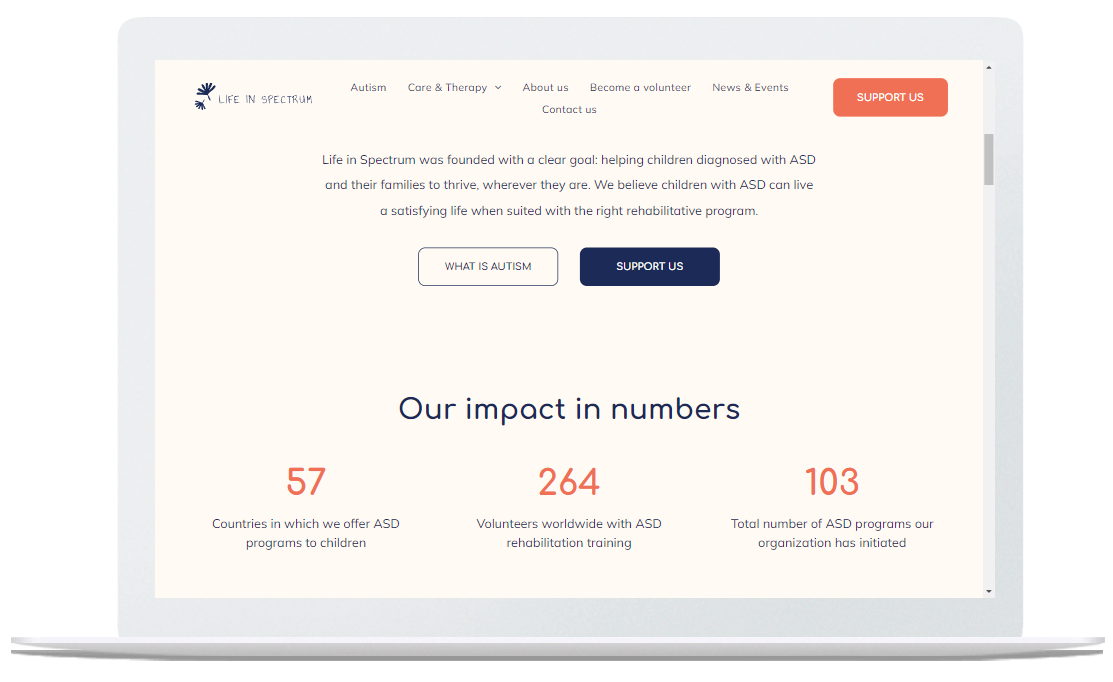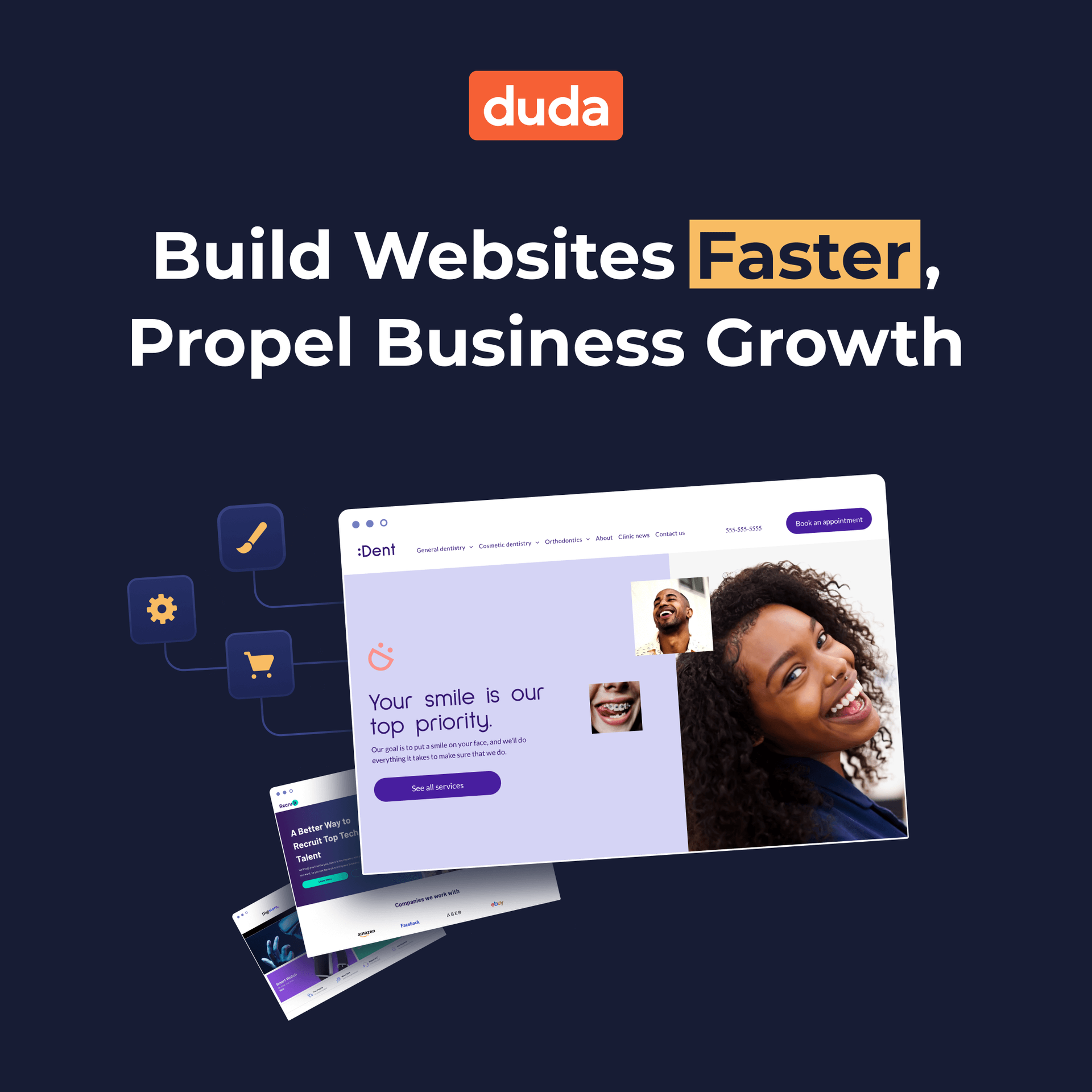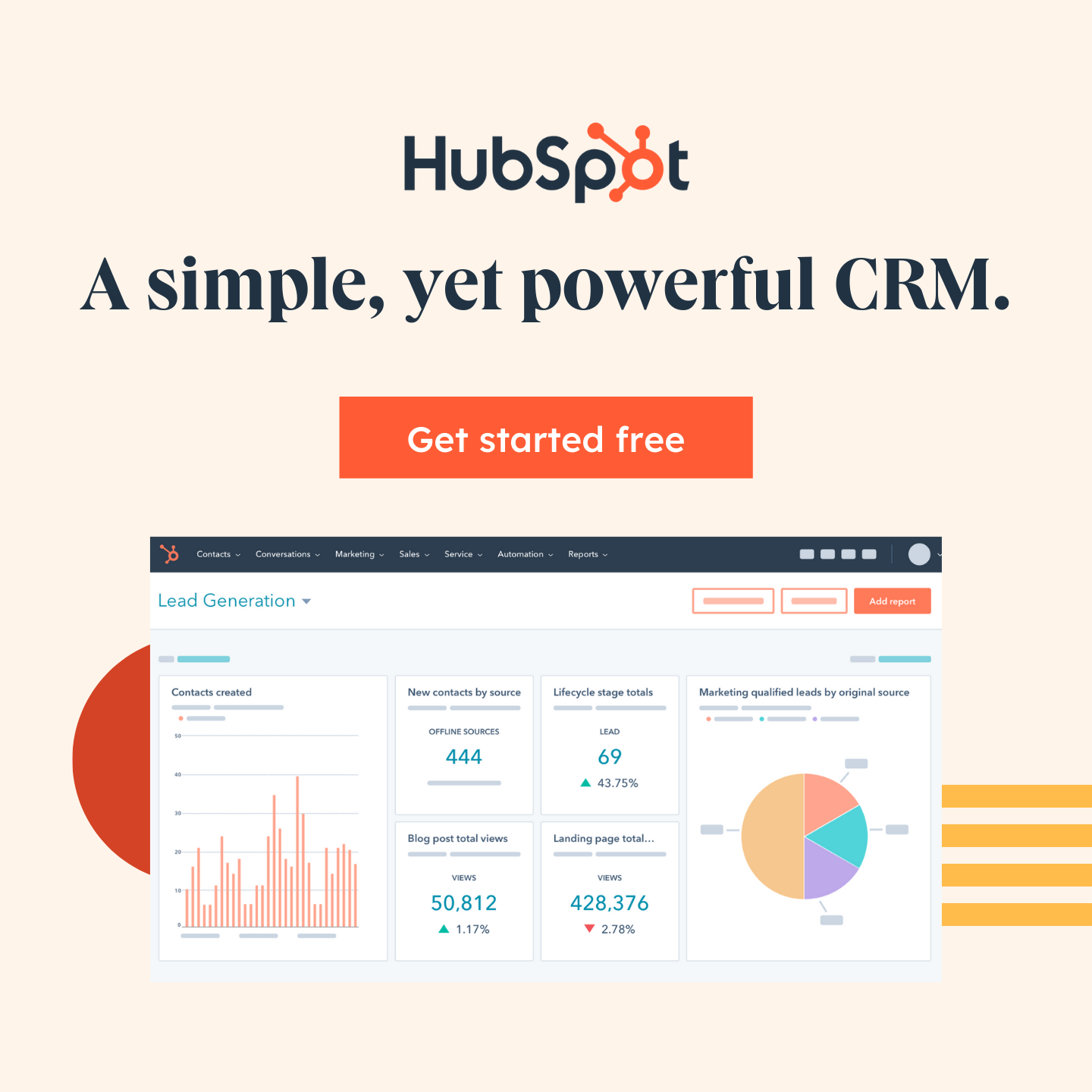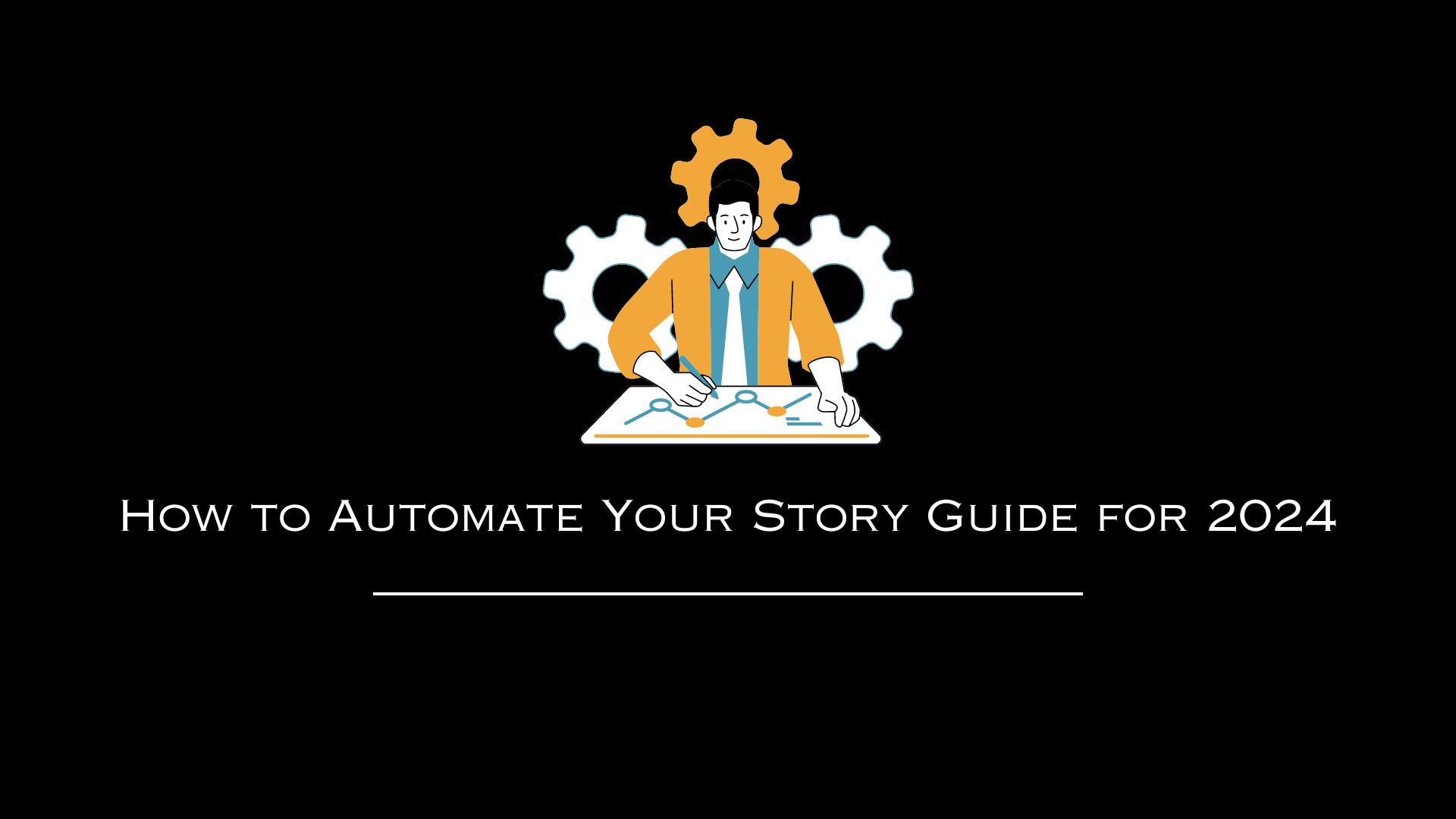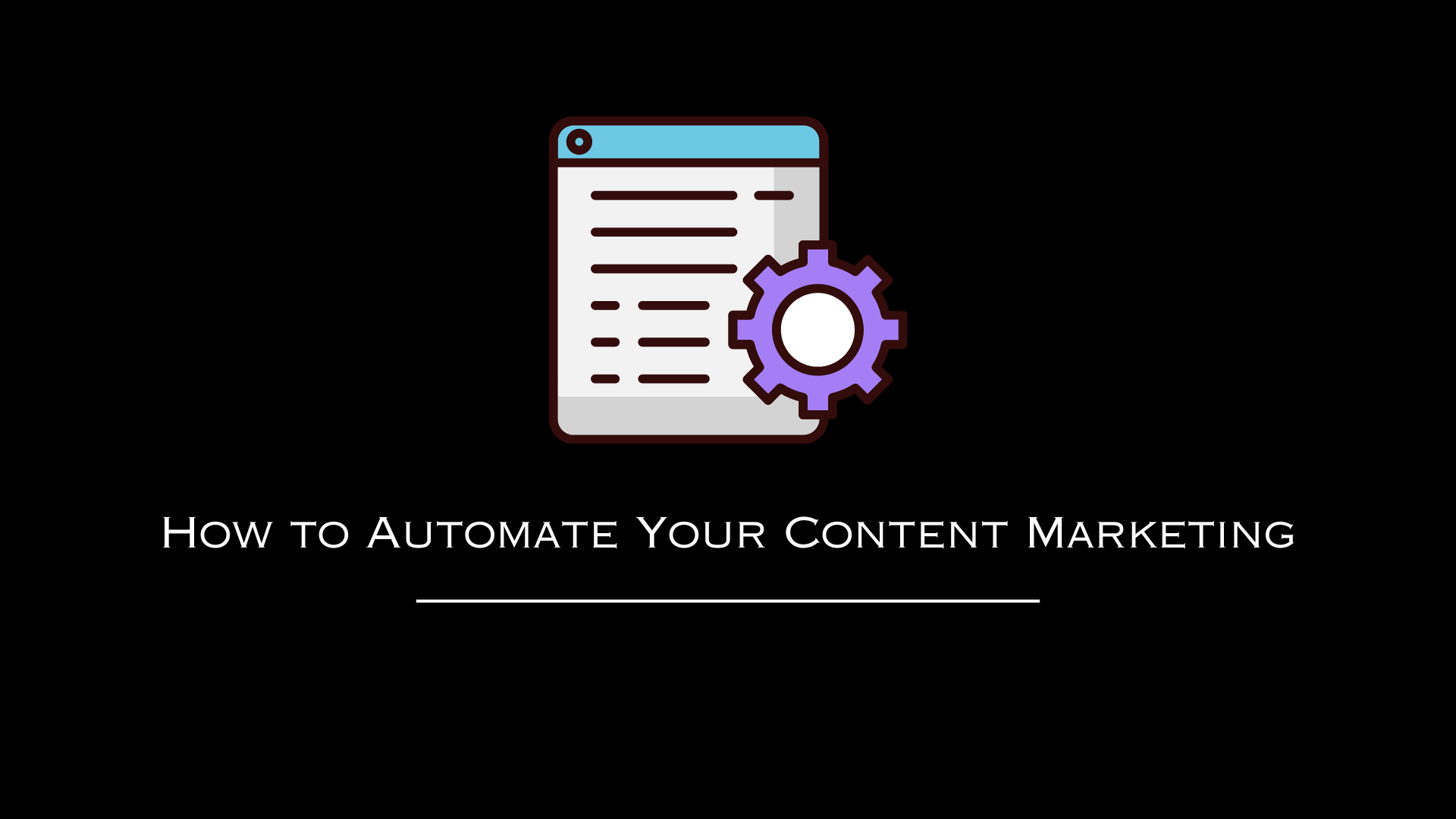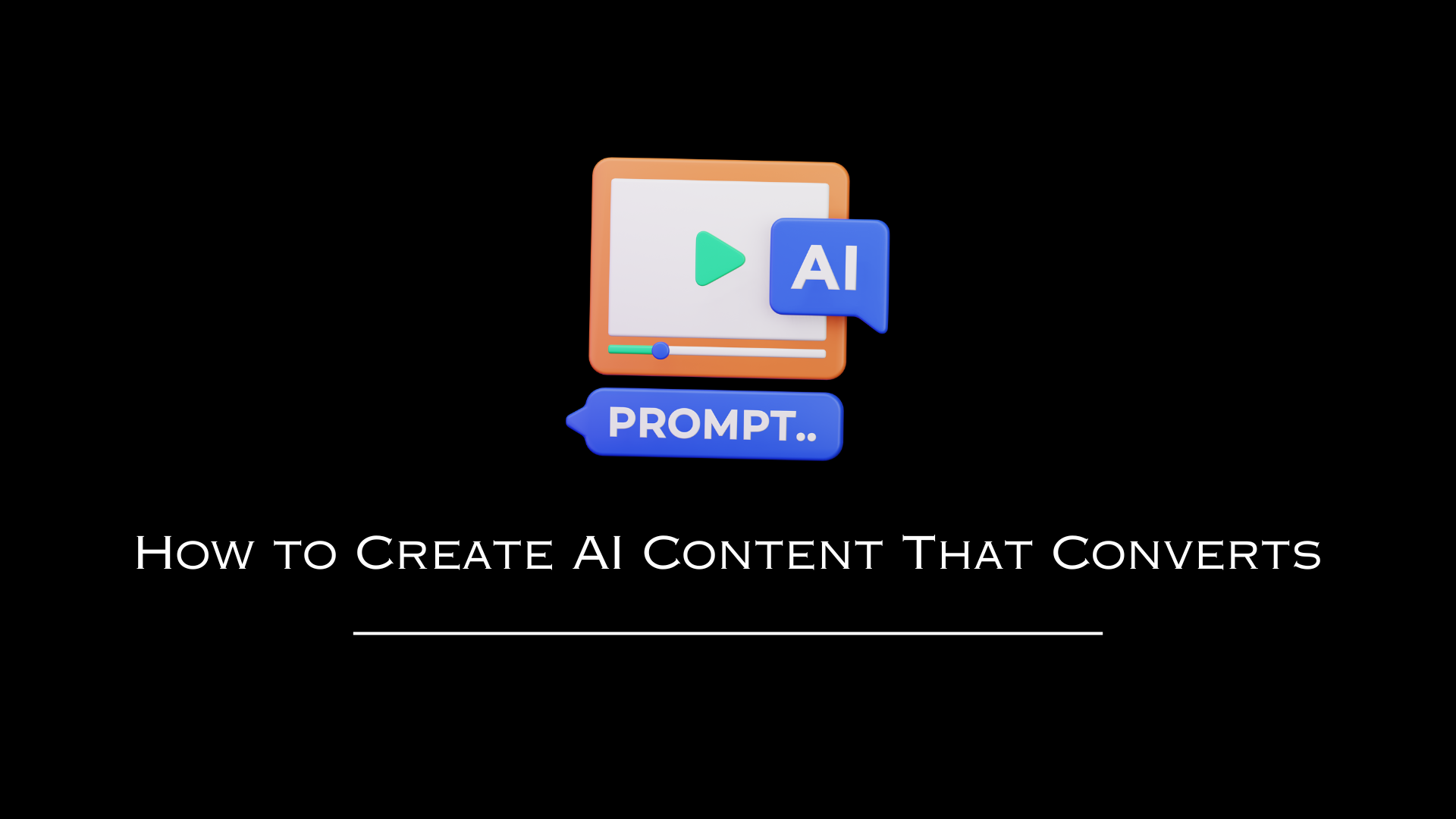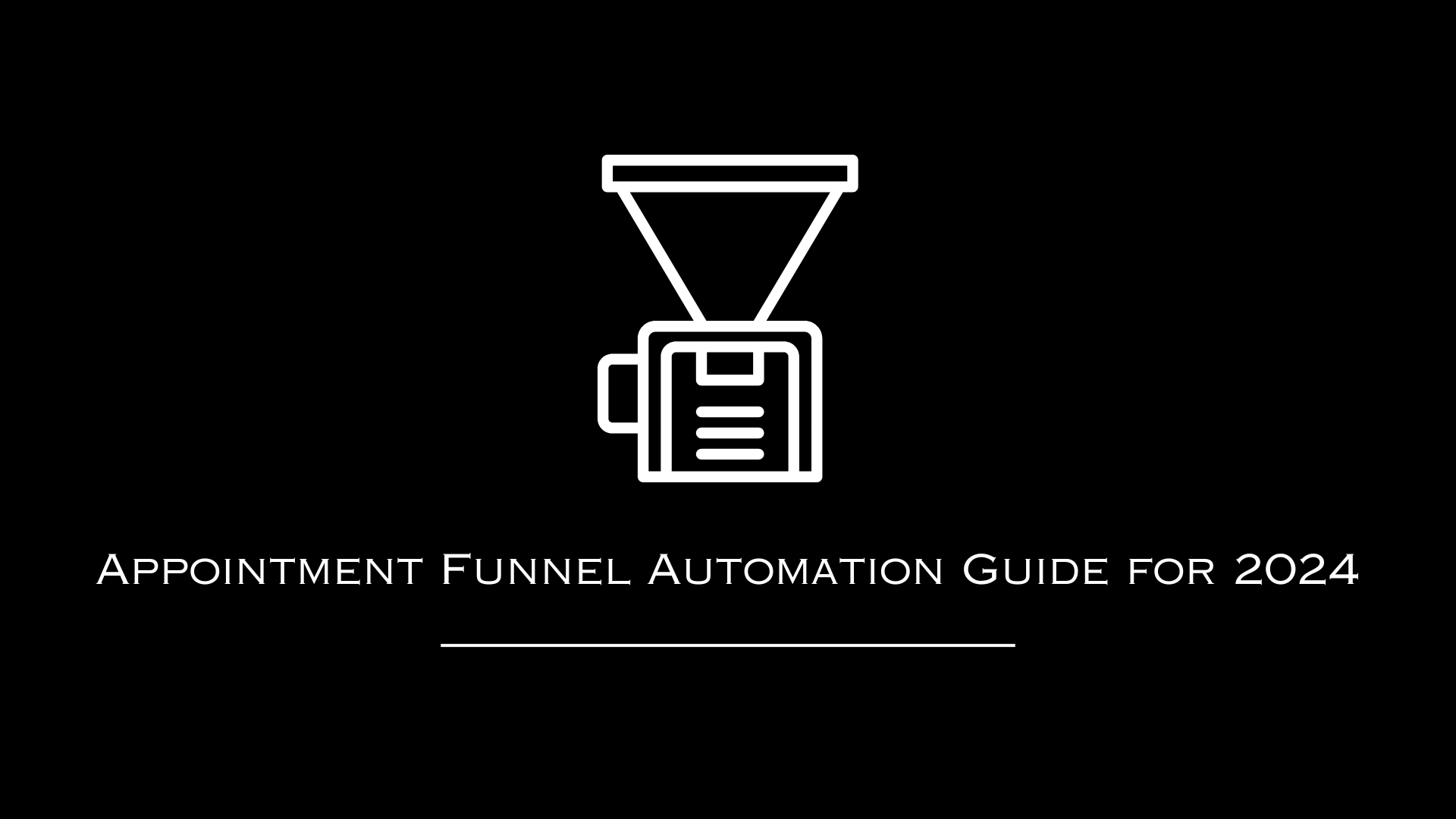AutomationLinks
This blog post has been researched, edited, and approved by expert Hannah Peake. Join our newsletter below to get our free marketing guides.
Four simple marketing tips for a charity organization:
- Define Your Target Audience: Understand who you're trying to reach by considering both demographics and psychographics. This ensures your message resonates more deeply with potential supporters.
- Social Media for Charities: Tailor your content to different platforms and engage directly with followers through comments and messages. This approach increases visibility and fosters a strong online community.
- Email Marketing to Increase Donations: Personalize your emails and use compelling calls to action to motivate your readers. Segmented lists can help deliver the right message to the right people, boosting donation rates.
- Leveraging Analytics:
Use analytics tools to track the success of your campaigns and understand what works best. This data-driven approach allows for continuous improvement and better targeting of your audience.
Table of contents
- Introduction
- Knowing Your Audience
- Digital Marketing Essentials
- Traditional Marketing Tactics
- Engagement and Community Building
- Analytics and Adaptation
- Conclusion
How Creative Marketing Skyrockets Charity Impact
Picture a small charity, hardly seen among many others, suddenly jumping ahead in people knowing about it, getting support, and donations, all because of one creative marketing idea. This isn't just wishful thinking; it's what can happen when you think outside the box. For instance, a local food bank managed to double its donations by sharing real stories of the families it helped, with each story bringing beautiful pictures and a strong message to act. This approach didn't just raise much-needed funds but also brought the community closer to what the charity does, making a real emotional connection.
Why Marketing Is Key for Charities
Today, with so much information everywhere, it's crucial for charities to stand out. Good marketing is more than just spreading your name; it's about touching hearts and minds, motivating people to do something, and creating a group of supporters. For charities, effective marketing can be the difference between just getting by and really making a big difference in their cause. Marketing links your charity to the broader world, turning people who just watch into those who act and donate.
Our Blog's Purpose
This blog does more than give out marketing tips; it's a guide for charities wanting to improve how they're seen, grow their support, and have a real effect in their communities. We want to make marketing easy to understand, with clear, doable steps that fit any charity's needs and aims, no matter the size or budget. From using online tools to getting good at telling your story, we're here to help you through every part of your marketing plan.
Connect With Us On X
Connect with AutomationLinks owner Brad Smith on X (formerly Twitter) here to learn more about advertising. Feel free to message him with any questions about X advertising and marketing.
Knowing Your Audience
Understanding who your charity's message is intended for is the cornerstone of any successful marketing strategy. Identifying your target audience isn't just about demographics like age, gender, or location; it's also about diving deep into the psychographics—understanding the values, interests, challenges, and motivations of the people you want to reach. A well-defined audience allows you to tailor your messaging and campaigns to resonate on a more personal and impactful level. For instance, a charity focused on environmental conservation might target individuals who are passionate about sustainability, outdoor activities, and have a track record of supporting eco-friendly initiatives.
Customizing Your Approach
Once you've identified your target audience, customizing your approach becomes pivotal. This means crafting messages that not only inform but also evoke emotions and drive action. Emotional storytelling can be a powerful tool in your arsenal, transforming statistics and general information into compelling narratives that people can relate to and see themselves being a part of. Logical appeals, such as highlighting the tangible impact of donations, can also persuade people to support your cause. The key is to blend emotional and logical elements in a way that speaks directly to your audience's values and motivations.
- Conduct Surveys and Interviews: Gain insights directly from your intended audience through surveys and interviews to understand their preferences and expectations.
- Utilize Social Media Analytics: Platforms like Facebook and Instagram provide valuable data on your followers’ demographics and behaviors, helping you refine your audience targeting.
- Create Personas: Develop detailed personas representing segments of your target audience to guide the creation of more personalized and relevant content.
- Segment Your Audience: Tailor your communications based on the different segments of your audience to increase engagement and response rates.
- Test and Learn: Continuously test different messages and channels to see what resonates best with your audience, and use these insights to inform future strategies.
Digital Marketing Essentials
In the digital age, social media stands out as a powerful tool for charity organizations to engage with supporters and spread their message far and wide. Mastering social media isn't just about posting regularly; it's about creating content that resonates with your audience and encourages interaction. Each platform, be it Facebook, Twitter, Instagram, or LinkedIn, has its unique strengths and audience demographics. Tailoring your content to fit the platform can dramatically increase your reach and engagement. For instance, visually driven stories on Instagram can capture the essence of your charity's work, while Twitter's fast-paced nature is ideal for updates and conversations. Engaging with followers through comments, messages, and live sessions can also foster a strong online community around your cause.
Effective Email Campaigns
Email marketing remains a cornerstone of digital communication, offering a direct line to your supporters' inboxes. However, with the sheer volume of emails most people receive daily, standing out requires more than just sending out a monthly newsletter. Personalization is key; using the recipient's name and tailoring content based on their interests and past interactions can significantly increase open and engagement rates. Effective email campaigns also provide clear, compelling calls to action—whether it's asking for donations, sharing information about an upcoming event, or inviting readers to volunteer. Segmenting your email list based on donor behavior and preferences can further enhance the relevance and effectiveness of your communications.
Content Marketing: Engage, Educate, Inspire
Content marketing is about creating and sharing valuable content to attract and retain a clearly defined audience. For charities, this could mean blog posts that highlight success stories, videos that showcase the impact of donations, or infographics that break down complex issues into understandable pieces. The goal is to provide content that not only informs but also inspires action. Consistently delivering high-quality content establishes your charity as a thought leader in your field, builds trust with your audience, and encourages social sharing, further amplifying your reach. Remember, content marketing is a long-term strategy that requires patience and persistence, but the potential rewards in terms of increased awareness and support are immense.
- Diversify Your Platforms: Don't put all your eggs in one basket. Utilize a range of social media platforms to reach different segments of your audience.
- Optimize for Mobile: With the majority of social media interaction happening on mobile devices, ensure your content is mobile-friendly.
- Use Strong Visuals: High-quality images and videos can significantly increase engagement and shares on social media and in email campaigns.
- Incorporate Storytelling: Use storytelling to make your content more relatable and memorable. Real stories of people or communities impacted by your work can be particularly powerful.
- Engage with Influencers: Partner with influencers who share your charity's values to extend your reach to a wider audience.
- Track and Analyze: Use analytics tools to track the performance of your digital marketing efforts and adjust your strategy based on what works best.
Traditional Marketing Tactics
Traditional marketing tactics remain indispensable in the promotion and expansion of charity organizations, blending seamlessly with digital efforts to form a robust marketing strategy. Event marketing, for instance, serves as a dynamic way to engage directly with the community, raise substantial awareness, and secure funding. Organizing events such as charity runs, auctions, or gala dinners not only fosters a sense of community and shared purpose but also offers a tangible experience of the charity's impact. These events, while serving their primary goals, also generate a wealth of content that can be utilized across digital platforms, amplifying their reach and the narrative of the charity’s work.
Parallel to event marketing, public relations (PR) and strategic partnerships offer a powerful avenue for expanding a charity's visibility and influence. Effective PR campaigns, through the use of press releases and media outreach, can secure valuable media coverage, presenting the charity's message to a broader audience and enhancing its credibility. Partnerships with businesses, influencers, and other charitable organizations open doors to new networks, resources, and collaborative opportunities. These alliances not only help to extend the charity's reach but also add a layer of validation and support to its cause, reinforcing the charity's mission in the public eye.
- Leverage Local Media: Build relationships with local newspapers, radio stations, and TV channels to get your charity events and news covered.
- Create Engaging Event Experiences: Focus on creating memorable events that people want to talk about and share, increasing word-of-mouth promotion.
- Utilize Merchandising: Develop branded merchandise for events and campaigns to increase visibility and create additional fundraising opportunities.
- Develop a Media Kit: Have a ready-to-use media kit for press releases, including high-quality images, charity background information, and recent achievements, to facilitate media coverage.
- Collaborate with Complementary Organizations: Seek partnerships with organizations that share similar goals or audiences to broaden your reach and impact.
- Monitor and Measure Impact: Keep track of media mentions and the effectiveness of events and partnerships to understand their impact and refine future strategies.
Engagement and Community Building
Building a strong, engaged community is vital for any charity organization seeking to make a lasting impact. Sharing volunteer stories is a powerful way to humanize your efforts and create a sense of belonging among your supporters. These stories can highlight the personal journeys of volunteers, the challenges they've overcome, and the tangible differences they've made through their work with your charity. This approach not only shines a spotlight on the invaluable contributions of your volunteers but also inspires others to join in and contribute their time and skills. It creates a narrative around your charity that is relatable and motivating, fostering a deeper connection between your organization and its community.
Encouraging user-generated content (UGC) is another effective strategy for fostering engagement and building a robust online community. By inviting supporters to share their own stories, photos, and videos related to your cause, you're not only validating their experiences but also leveraging their networks to broaden your reach. This participatory approach makes your supporters feel like active contributors to your mission, rather than passive observers. It can significantly amplify your message and create a multiplier effect in terms of visibility and impact. UGC also provides authentic content that can be shared across your digital platforms, further enhancing your marketing efforts and building trust within your community.
- Highlight Volunteer Contributions: Regularly feature volunteer stories in your newsletters, on your website, and across social media platforms.
- Create Hashtags for Campaigns: Develop unique hashtags for different campaigns or events to make it easy for people to share content and follow the conversation.
- Host User-Generated Content Contests: Encourage participation by organizing contests where supporters can submit their own content related to your cause, with the chance to be featured or win prizes.
- Engage with User Content: Actively like, comment on, and share user-generated content to show appreciation and foster a sense of community.
- Utilize Testimonials: Share testimonials from those impacted by your charity’s work, including beneficiaries, volunteers, and donors, to showcase the real-life impact of support.
- Offer Volunteer Recognition Programs: Implement programs to recognize and reward the hard work of your volunteers, further encouraging participation and engagement.
Analytics and Adaptation
In today’s data-driven world, leveraging analytics is essential for any charity organization aiming to maximize the impact of its marketing efforts. Utilizing analytics tools allows charities to track the success of their campaigns across various channels, from social media interactions to email open rates and website traffic. This data provides invaluable insights into what resonates with your audience, enabling you to understand their preferences and behaviors more deeply. By identifying which types of content generate the most engagement or which channels are most effective in driving donations, charities can make informed decisions about where to allocate resources for maximum impact. Moreover, analytics can reveal trends over time, helping to gauge the long-term effectiveness of marketing strategies and adjust goals as needed.
Iterative improvement, powered by ongoing feedback and data analysis, is crucial for evolving and enhancing marketing strategies. This approach involves setting clear, measurable objectives for each campaign, continuously monitoring performance, and gathering feedback from your audience and volunteers. Feedback can come from direct surveys, social media interactions, and comments on your content, providing a direct line to your community's thoughts and feelings. Integrating this feedback with quantitative data from analytics allows charities to refine their messaging, improve engagement tactics, and better align with their audience's needs. Regularly reviewing and adjusting your marketing strategies in response to these insights ensures that your efforts remain effective and relevant, fostering sustained growth and engagement.
- Set Clear KPIs: Define key performance indicators (KPIs) for each campaign to measure success effectively.
- Use Analytics Tools: Employ tools like Google Analytics, social media insights, and email marketing software to gather data on user engagement and campaign performance.
- Conduct A/B Testing: Regularly test different versions of your content, emails, and social posts to see what performs best and why.
- Gather Direct Feedback: Use surveys, feedback forms, and direct engagement on social media to understand your audience’s perceptions and suggestions.
- Review and Adjust Regularly: Schedule periodic reviews of your analytics and feedback to identify trends and areas for improvement.
- Share Insights with Your Team: Ensure that insights gained from data and feedback are shared across your organization to inform broader strategic decisions.
Wrapping up
Throughout this article, we've explored a comprehensive suite of marketing strategies that charity organizations can leverage to enhance their reach, engage more deeply with their community, and amplify their impact. From the power of knowing your audience and crafting personalized, emotive messaging, to mastering digital and traditional marketing channels, we've underscored the importance of a multi-faceted approach. We delved into the significance of engaging content, the power of community building through storytelling, and the critical role of analytics in measuring success and guiding iterative improvement. Each of these strategies, when implemented thoughtfully and consistently, has the potential to transform not just the visibility of a charity, but its ability to connect with supporters and drive meaningful action towards its cause.
As we wrap up, I encourage you — whether you're a marketing professional, a volunteer, or a leader within a charity organization — to take these insights and apply them within your own context. Experiment with these strategies, tailor them to fit the unique needs and mission of your organization, and observe the difference they can make. Most importantly, share your journey and successes. By sharing your stories of impact and the strategies that helped you achieve them, you contribute to a broader community of charitable organizations striving to make the world a better place. Let's learn from each other and continue to grow together. Your efforts not only amplify the reach of your own charity but also inspire and inform countless others in the sector. Together, we can achieve extraordinary things.
Buy This website Template
Website template for a Charity Organization
- Professional and Trustworthy Design
- User-Centric Experience
- SEO-Optimized for Maximum Visibility
- Responsive and Mobile-Friendly
- Content-Ready Structure
Frequently Asked questions
AutomationLinks
AutomationLinks is a digital marketing agency located in Wilmington North Carolina. We have worked with over 6,000 businesses and nonprofits over the last 10 years. We believe in a relationship marketing approach to help you turn visitors into customers using automation.


